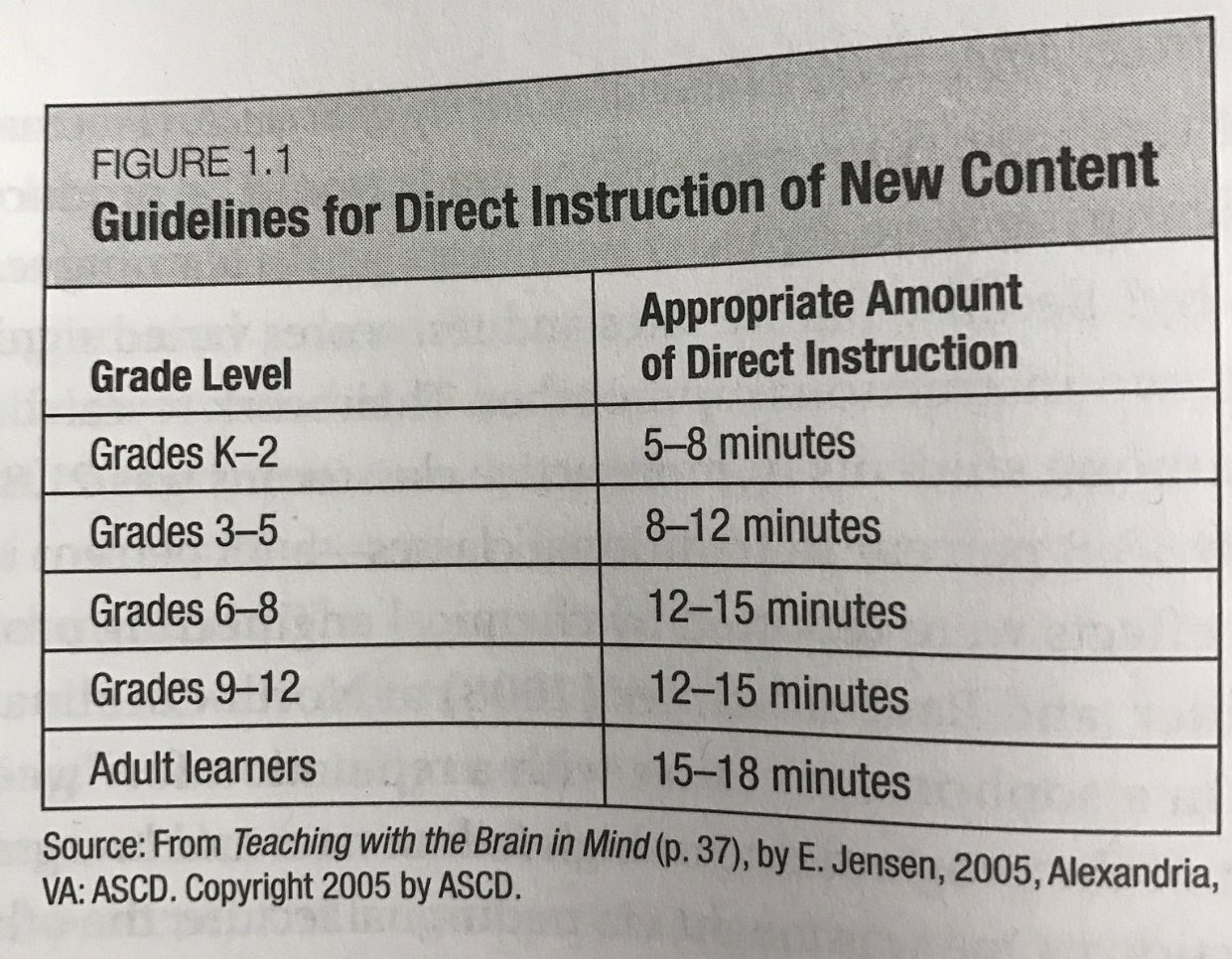Direct instruction or lecturing have always played a significant role in classrooms, but is it really the best way to engage students in the content? No More Telling As Teaching does not demonize lecturing like the title may imply. It simply recognizes that lecturing may not be the most effective instructional technique. We are often drawn to lecturing, because it might be the quickest way to cover the myriad of standards that exist in each content area. By the way, I don't like to use the word "cover" when referring to teaching the content. I'm in favor of the less is more philosophy to develop deep understandings for learners.
We need to consider who is doing the work in the classroom. I would argue that if the teacher is doing most of the work in a classroom, I would bet most of the learners are likely compliant or unengaged. Tovani and Moje ask us to consider these three things when we think about engagement: a learner must know how to behave in a way that is productive to learning, a learner should be connected to the topic emotionally, and a leaner should be intellectually stimulated. The "pedagogy of telling" may not be the best method to achieve behavioral, emotional, and cognitive engagement.
According to Tovani and Moje (2017) the best way to learn is through a mix of classroom experiences.
According to Tovani and Moje (2017) the best way to learn is through a mix of classroom experiences.
"They should include projects driven by questions or problems, whole and small group discussions, participation in real-world activities that make use of targeted learning skills, the reading and writing of multiple texts, interactions with challenging problems, and yes, just-in-time lectures (the best are usually interactive)" (p.21).
To me the most important statement in the above mentioned quote is the focus on applying concepts from the content in a real-world environment. I have seen deep levels of engagement when teachers embed opportunities for learners to engage in the world outside of our school. Learners are more engaged in the activity when they know their work will be viewed by those on the outside. Too many times students don't find value in their work, because it is often done in a silo and we fail to make connections to our community and the real-world.
Tovani and Moje provide some questions to ask ourselves when we plan for our learners.
Tovani and Moje provide some questions to ask ourselves when we plan for our learners.
- How can I connect my content to the world outside of school?
- Why should my students care about this? What real problem will they be attempting to solve?
- What will they create? Is it something that exists in the real world? Which disciplines will they be relying on to solve this problem?
- Who will hear or see their work besides me?
Content needs context.
I ran across this on Twitter recently. I think these are some good guidelines for all of us from young children all the way to adult learners.
